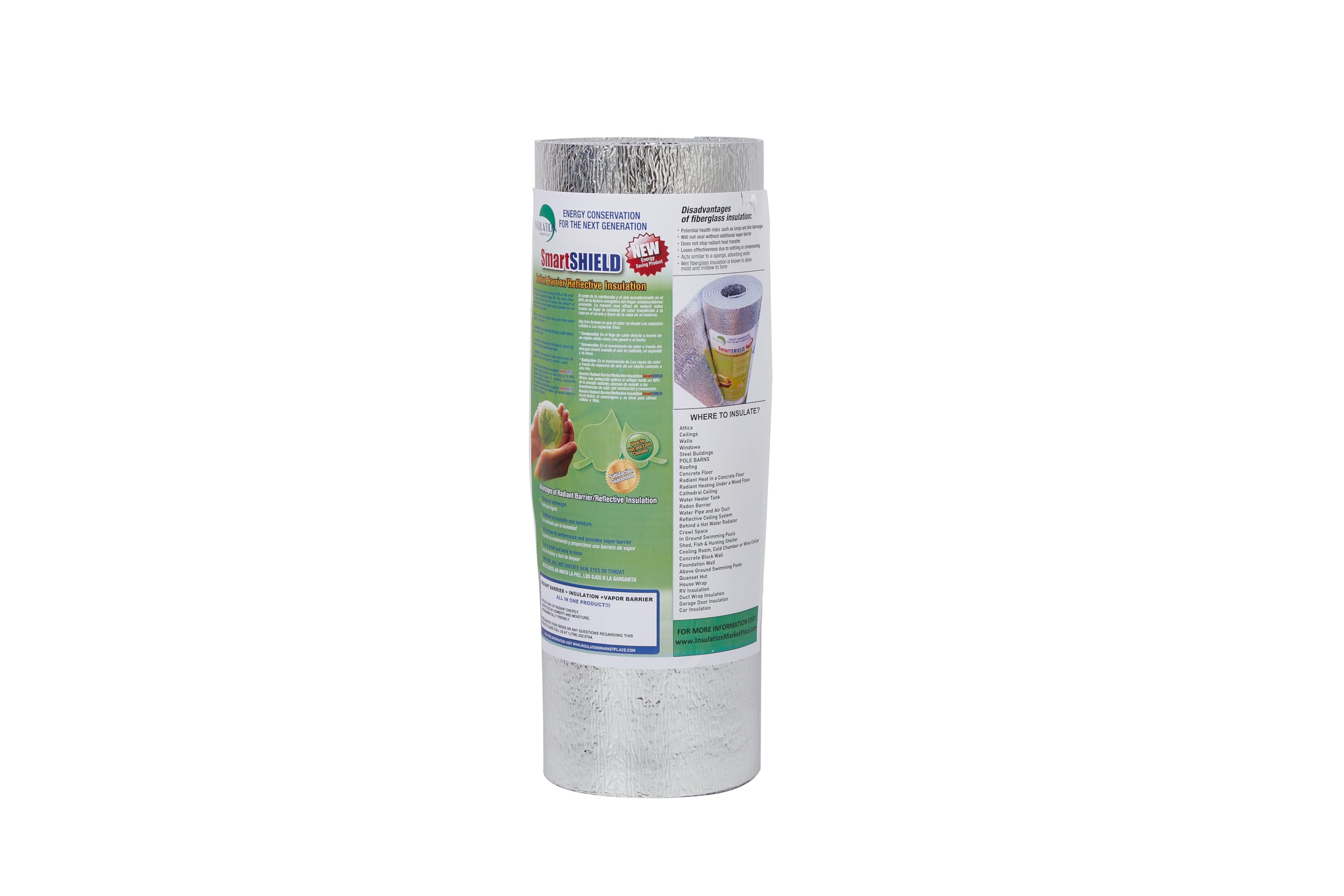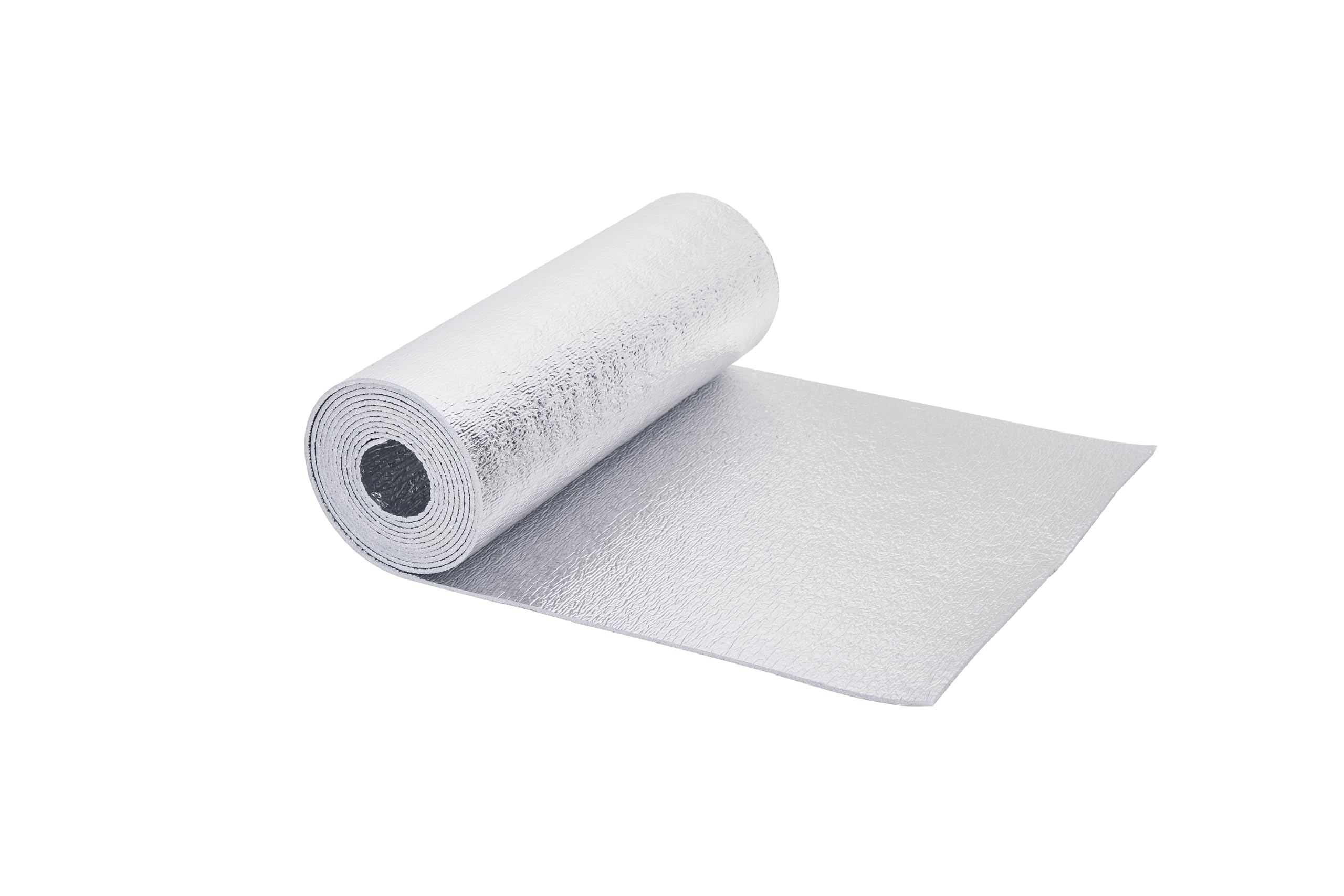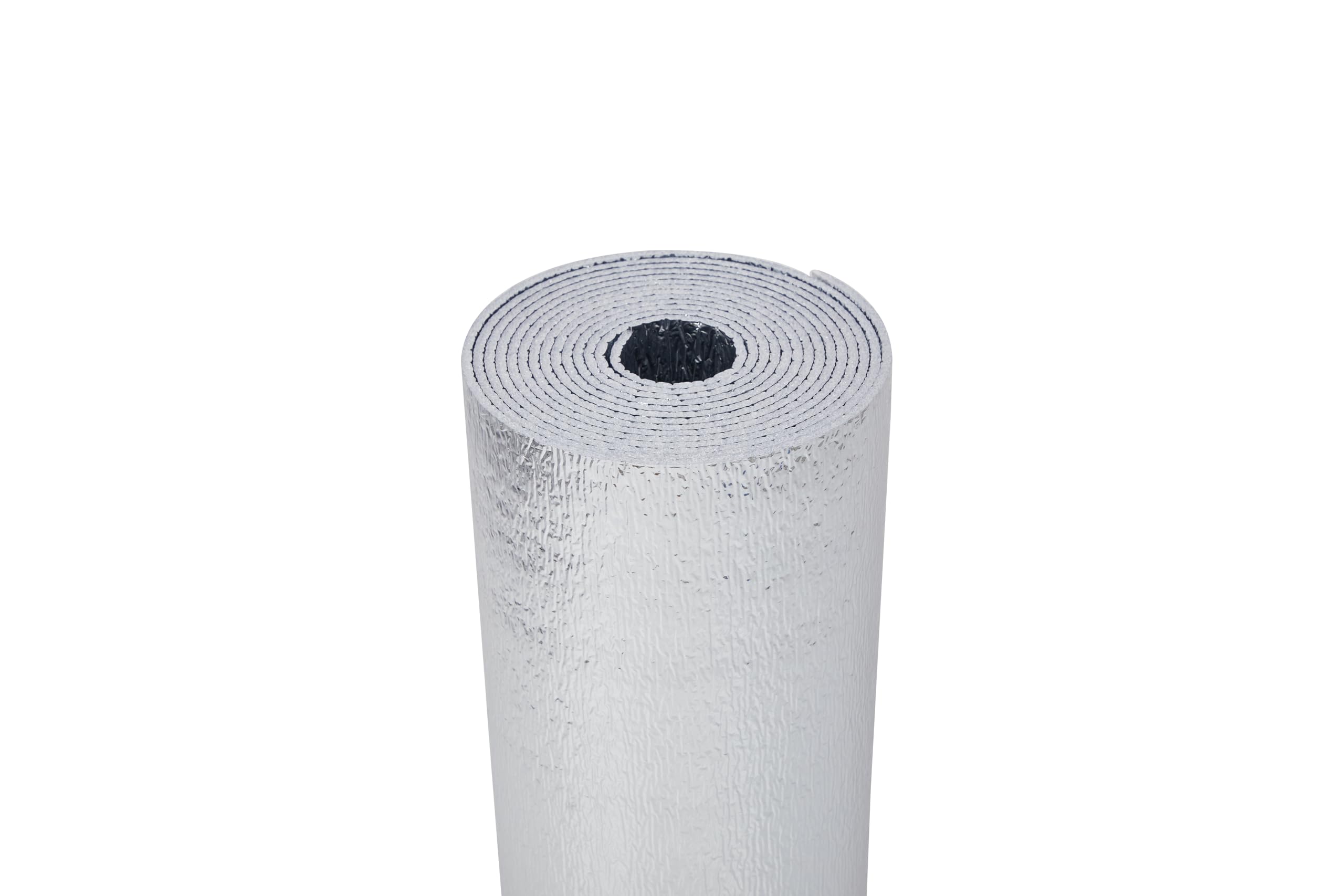Customer Services
Copyright © 2025 Desertcart Holdings Limited
Desert Online General Trading LLC
Dubai, United Arab Emirates






🔥 Shield your space, save your energy — insulation that works as hard as you do!
SmartSHIELD is a 3mm thick, 16-inch by 10-foot reflective insulation roll featuring a closed-cell polyethylene foam core sandwiched between engineered foil layers. It reflects 95% of radiant heat, acts as a vapor and sound barrier, and is moisture-resistant, lightweight, easy to install, and non-toxic—perfect for professional-grade thermal and acoustic insulation.
| Manufacturer | Insulation MarketPlace LLC |
| Part Number | SmartSHIELD -3mm |
| Item Weight | 4.8 ounces |
| Product Dimensions | 120 x 16 x 0.04 inches |
| Item model number | SmartSHIELD -3mm |
| Is Discontinued By Manufacturer | No |
| Size | 16"x10ft |
| Item Package Quantity | 1 |
| Coverage | 13.33 square_feet |
| Batteries Included? | No |
| Batteries Required? | No |
Trustpilot
2 months ago
3 weeks ago